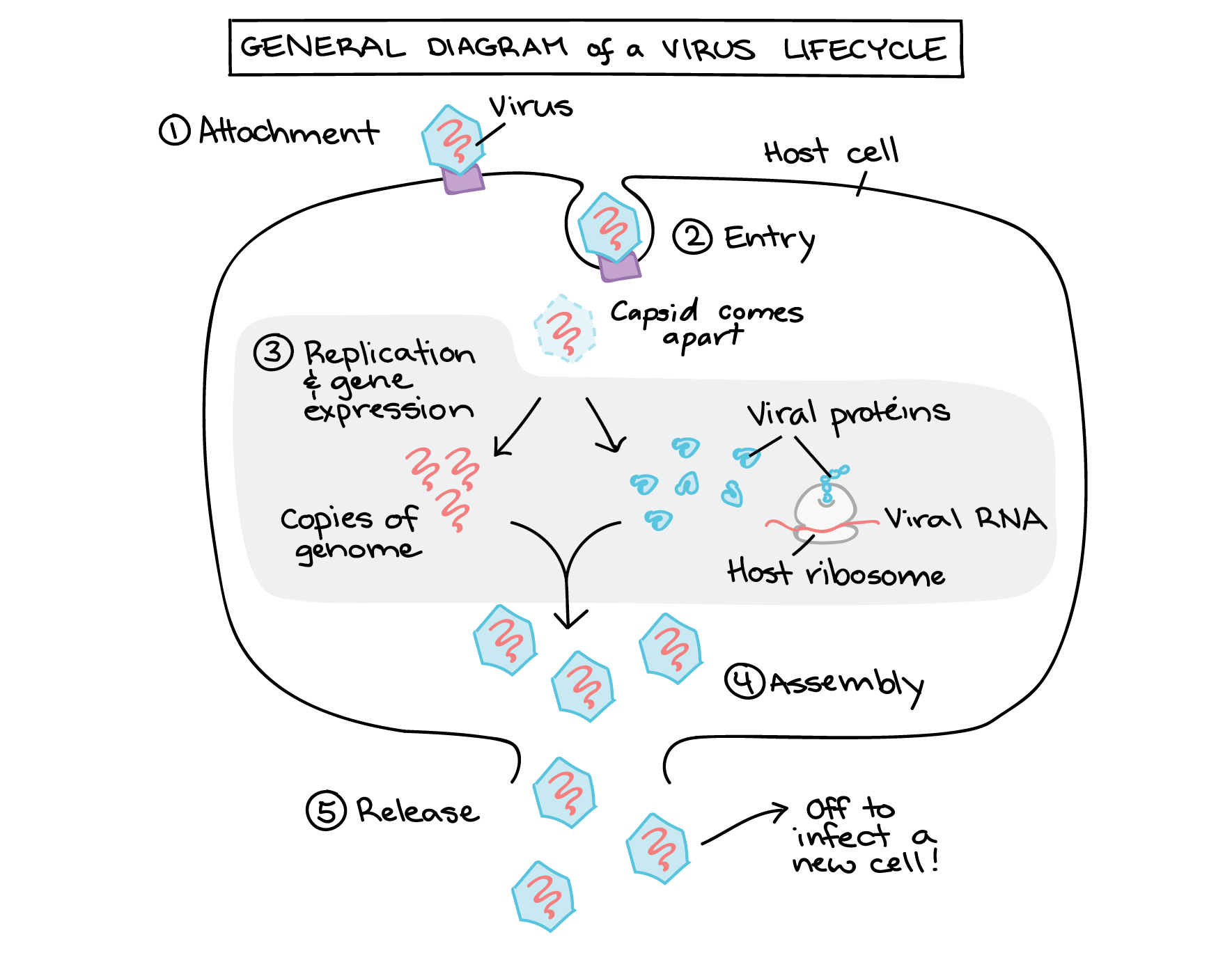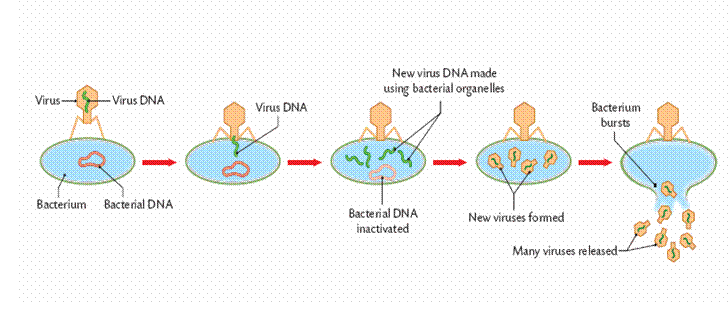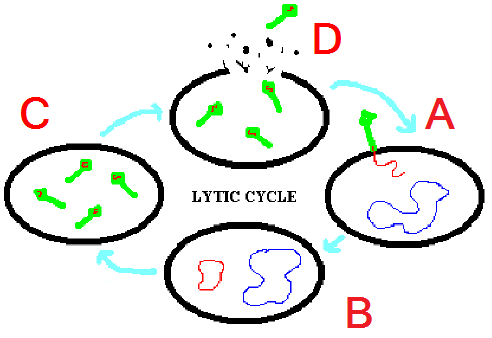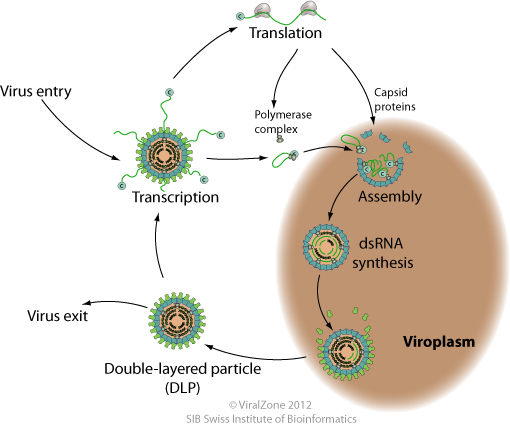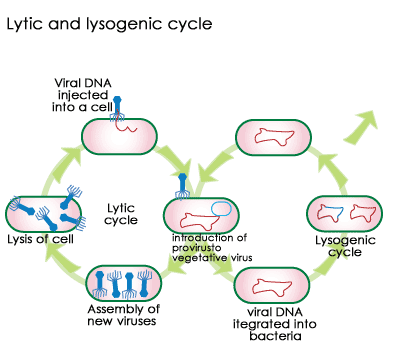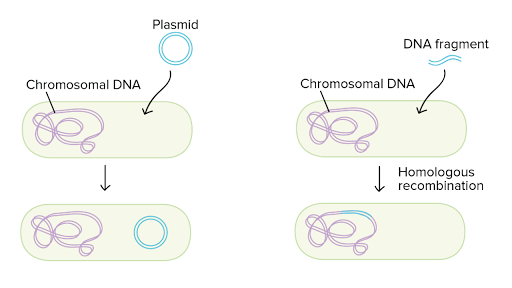Diagram Of Virus Reproduction

The phages undergoing lytic cycle are called lytic phages or virulent phages eg t series bacteriophages.
Diagram of virus reproduction. Viral replication viruses are intracellular obligate parasites which means that they cannot replicate or express their genes without the help of a living cell. Viruses are ultramicroscopic particles containing nucleic acid surrounded by protein and in some cases other macromolecular components such as a membranelike envelope. Outside the host cell. There are two main ways that viruses reproduce or multiply and these are listed below.
Viruses are noncellular genetic elements that use a living cell for their replication and have an extracellular state. Mechanism of penetration is different in different species. With the lytic cycle the virus attaches itself to a host cell and infuses the cell with its nucleic acid. Virulent or lytic cycle.
Unlike what we have seen in cellular replication processes such as mitosis and meiosis viral replication produces many progeny that when complete leave the host cell to infect other cells in the organism. For example phage uses their tail apparatus to inject dna into a bacterium. The viral lifecycle is the set of steps in which a virus recognizes and enters a host cell reprograms the host by providing instructions in the form of viral dna or rna. Viral structure and replication.
Most viruses are very selective about the type of cell they invade. Reproduction in viruses replication of viruses there are following stages of infection and replication of viruses. Most viruses reproduce through a process called lytic infection. All viruses must invade a host cell and reproduce through the lytic or lysogenic cycles.
In the video virus lytic cycle a bacteriophage which is a virus that infects and replicates within a bacterium attaches itself and infects the host cell. At the microscopic scale a viral infection means that many viruses are using your cells to make more copies of themselves. All viruses depend on cells for reproduction and metabolic processes. It lacks needed components that cells have to reproduce.
A single virus particle virion is in and of itself essentially inert. When a virus infects a cell it marshals the cells ribosomes enzymes and much of the cellular machinery to replicate. Bacteriophages exhibit two types of replication cycle virulent or lytic cycle and temperate or lysogenic cycle fig. This is the reason why many will refer to the process as reproduction.
It is the first step of infection. By themselves viruses do not encode for all of the enzymes necessary for viral replication. Life cycles of viruses.






